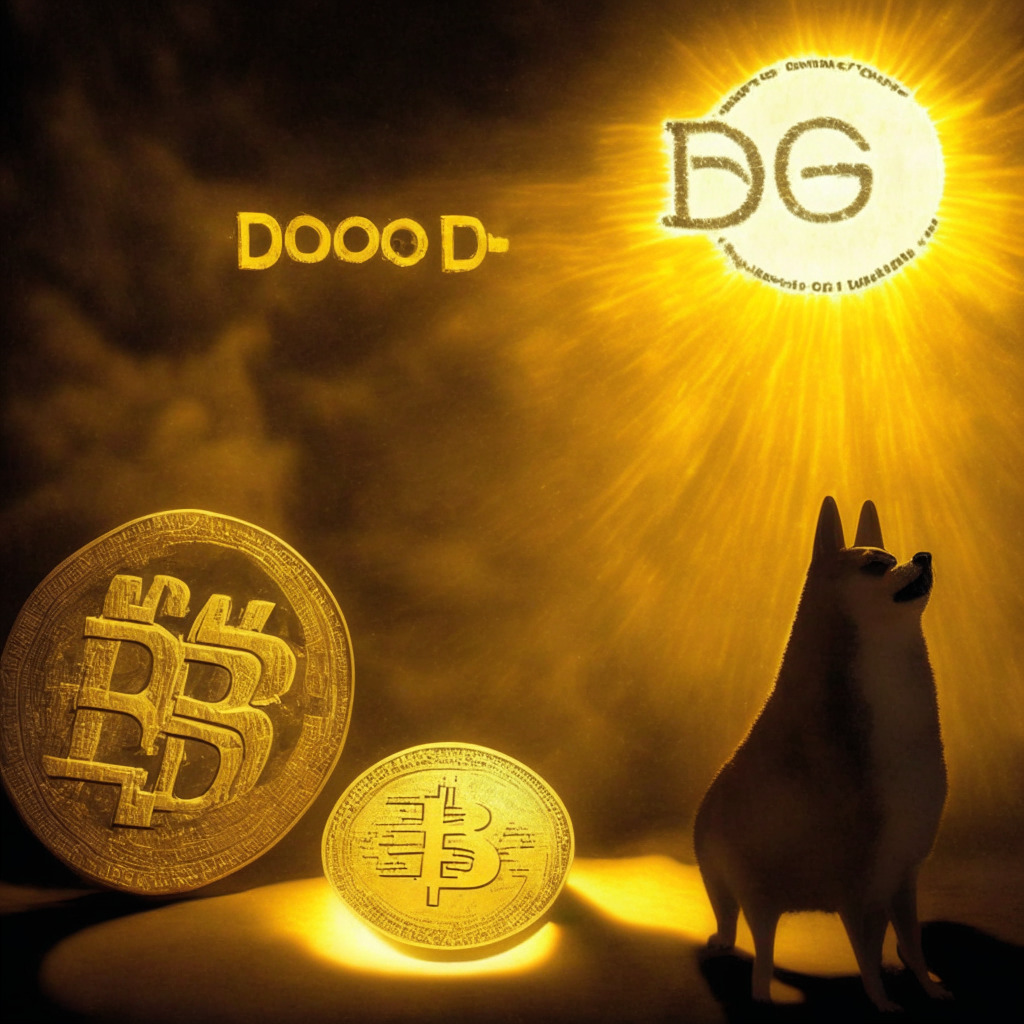Monday marked a significant milestone for the digital token HBAR, which fuels Hedera Hashgraph’s decentralised open-source, public ledger driven by an ingenious leaderless, asynchronous Byzantine Fault Tolerance (aBFT) hashgraph consensus algorithm. According to recent data, HBAR clocked a 16% increase, taking its value to the highest point since April. The cause of this surge is primarily the listing of Hedera’s decentralized applications (dApps) Dropp as a service provider by the US Federal Reserve’s revolutionary instant payment service FedNow.
For the uninitiated, Dropp is indeed a prodigy. Touted as a world innovation, it brings an affordable micropayments platform to the table, aimed at facilitating robust growth and pricing flexibility. Dropp stands as an excellent alternative to credit card payments, providing a gateway for micropayments for small transactions. The payments can be made in both HBAR, USD, and USDC which is a major advantage for users. Moreover, Dropp also caters to the trending non-fungible token (NFT) market with necessary infrastructure for storing, transferring and viewing NFTs.
With Fed integrating Hedera’s Dropp into its FedNow service, it’s safe to say that the blockchain technology landscape could be on the brink of a seismic shift. In fact, Hedera stands tall as the solitary major public blockchain that efficiently leverages the hashgraph consensus algorithm, clocking tens of thousands of transactions per second and all with exceedingly low latency.
This merger with FedNow is expected to pique the interest of numerous enterprises and institutions to integrate Hedera’s powerful technology into their infrastructures. As a result, HBAR is witnessing an impressive surge. The integration of Hedera’s blockchain with the traditional US financial system via the Fed’s instant payment service will most likely boost the network activity exponentially.
A recently released report from Messari says that Hedera averaged 72 million daily transactions in Q2 2023, which marked an astonishing 80x increase compared to the same time period in the previous year. Assuming more institutions and companies will likely cash in on Hedera’s high-potential blockchain, the future of HBAR appears promising. The token’s market cap was last valued at roughly $2.2 billion, which is still over 3x less than its 2021 peaks of nearly $6.7 billion.
To sum up, if major financial institutions choose to adopt HBAR among their preferred blockchains, the token could witness a staggering increase in market cap into 100s of billions of dollars. Analysts can’t rule out the possibility of 100x returns and the near-term outlook for HBAR seems optimistic with potential retests of yearly highs in the $0.098 region. However, it is essential that newbies and veterans alike tread with caution, as crypto remains a high-risk asset class and there are no fail-safe guarantees for investments.
Source: Cryptonews




